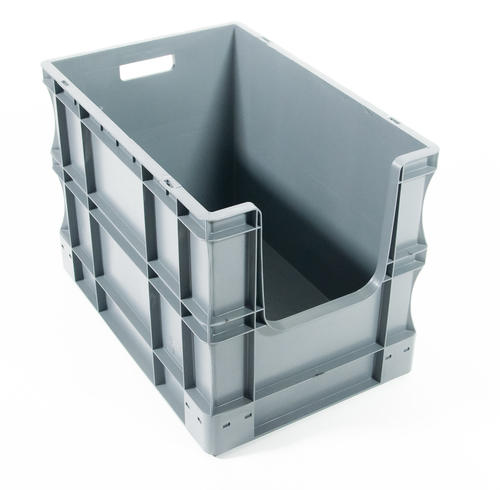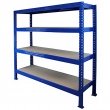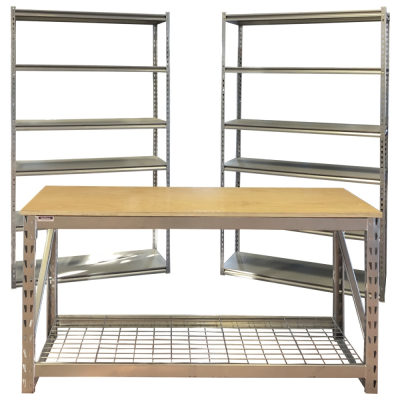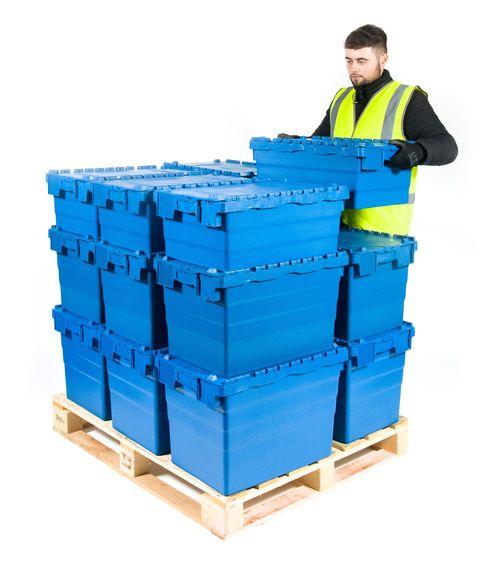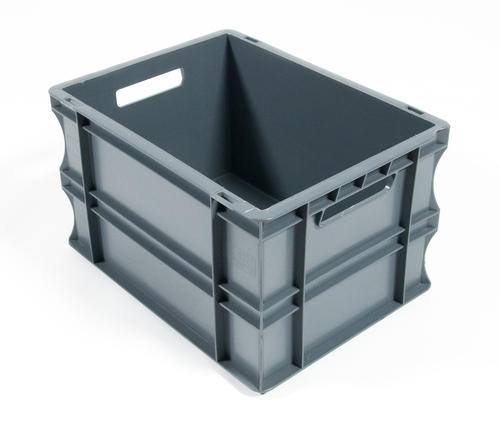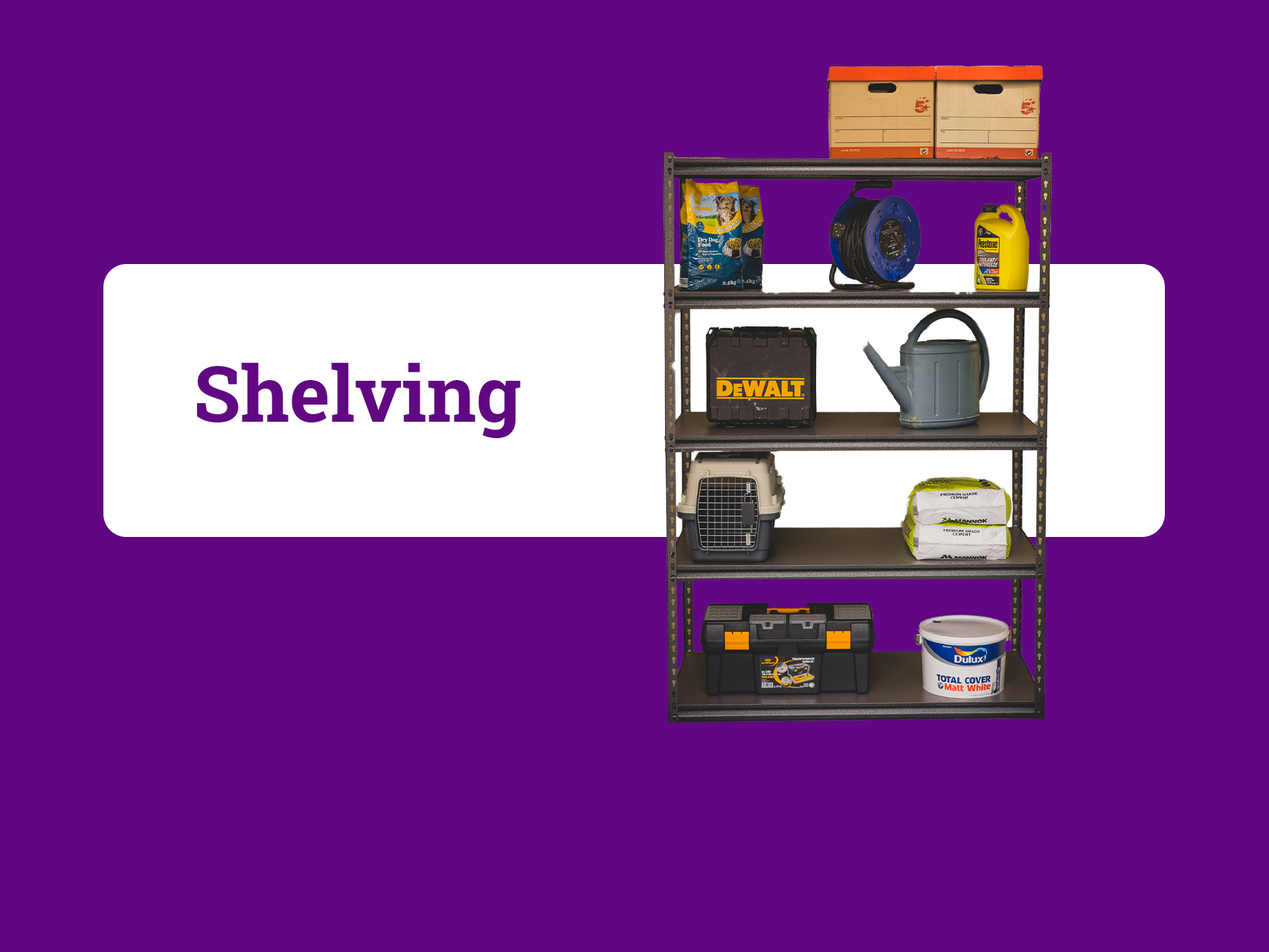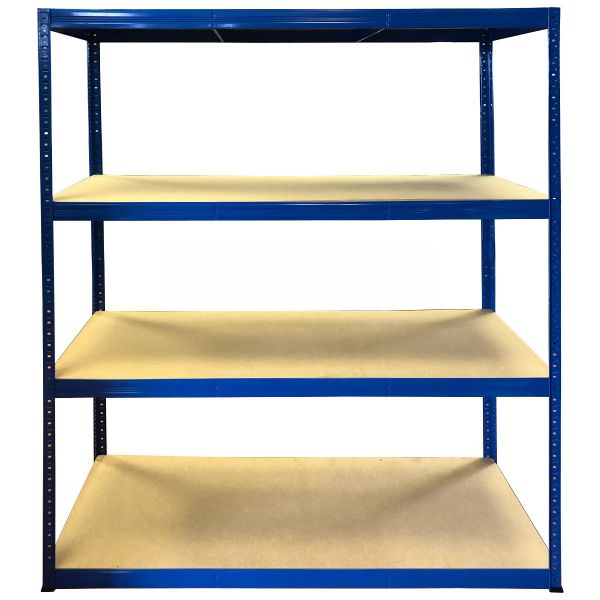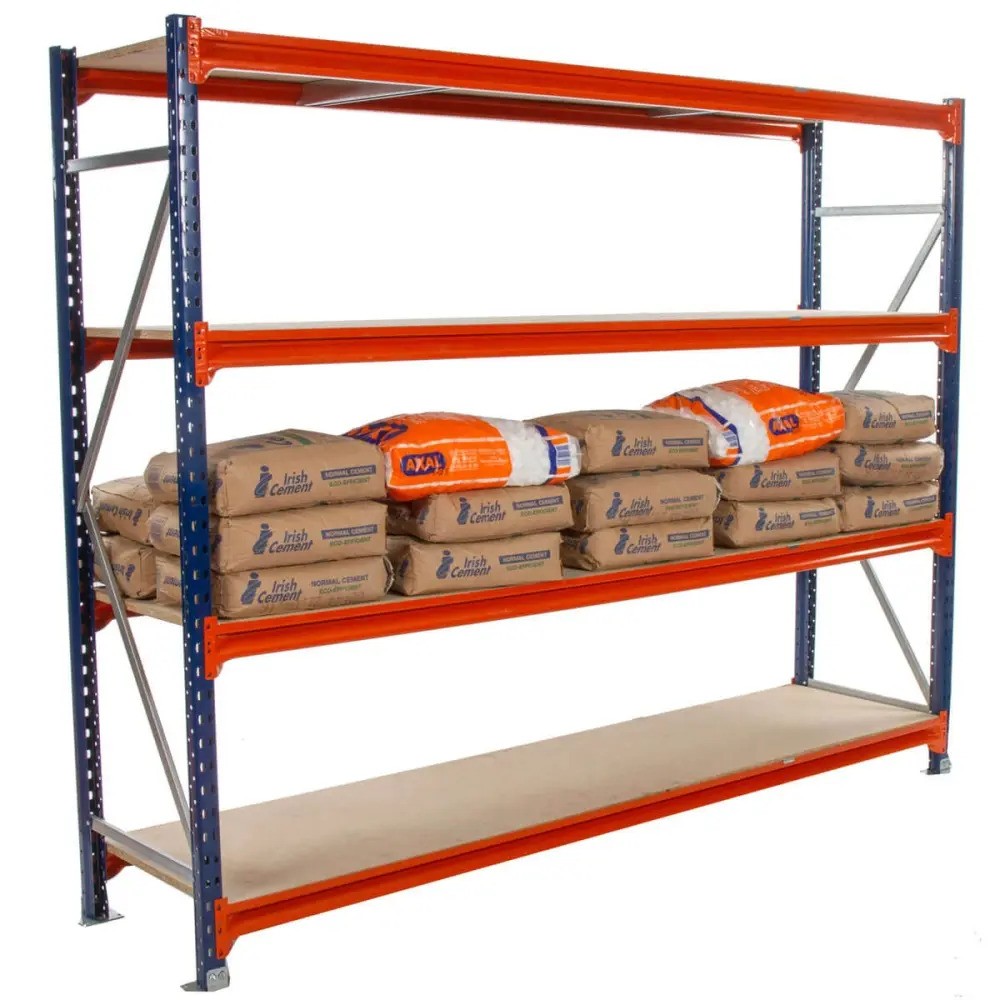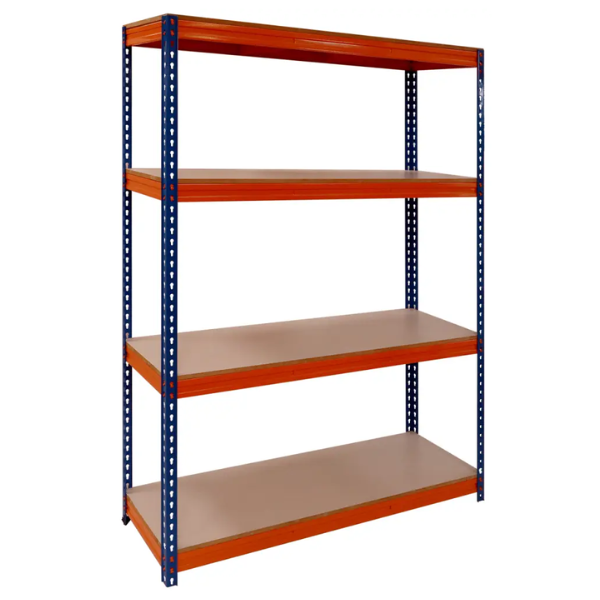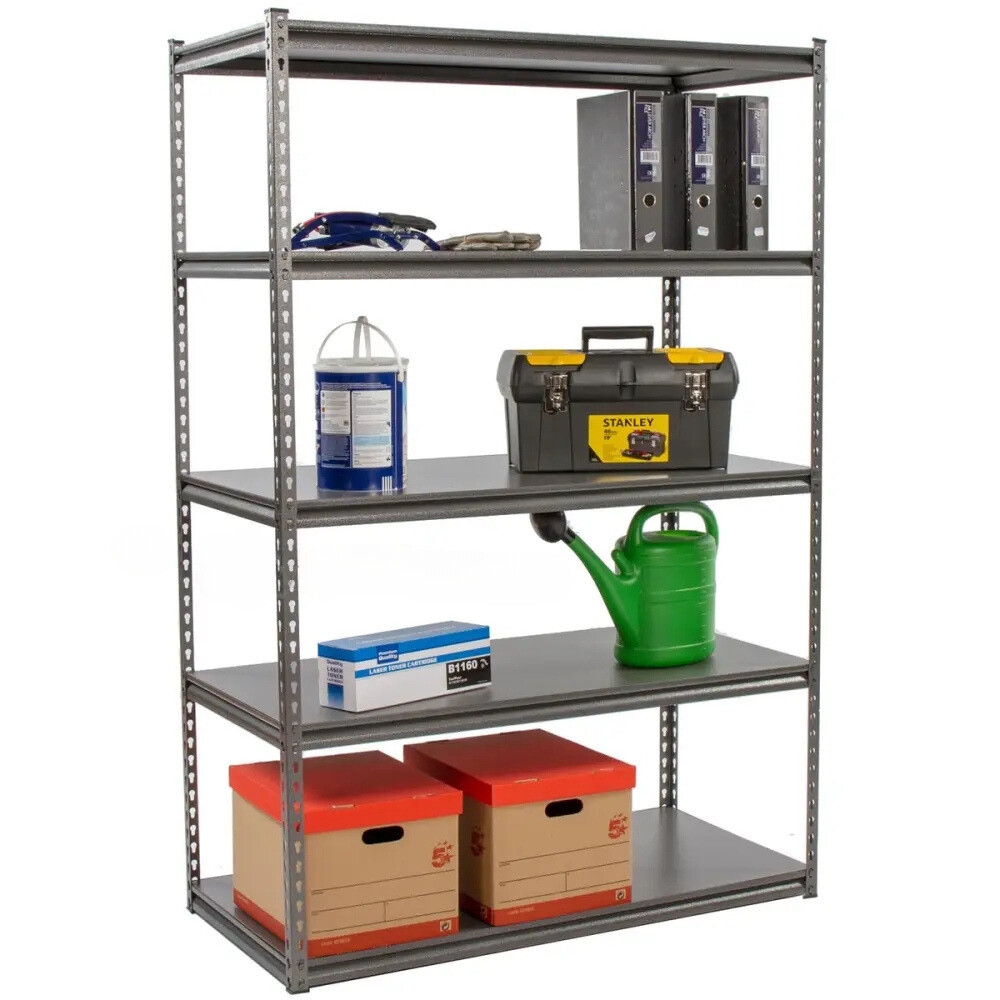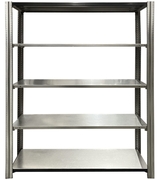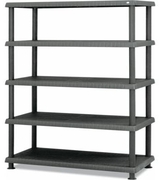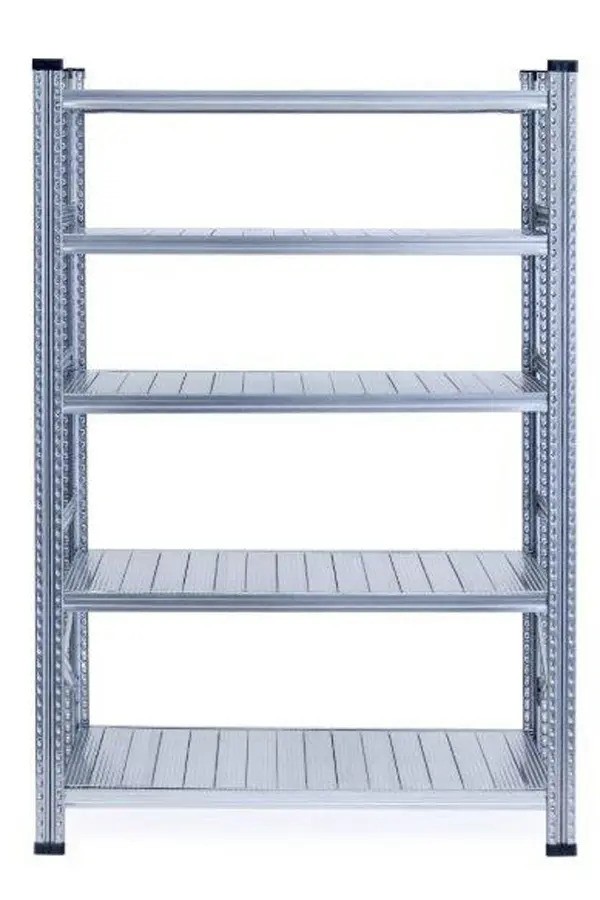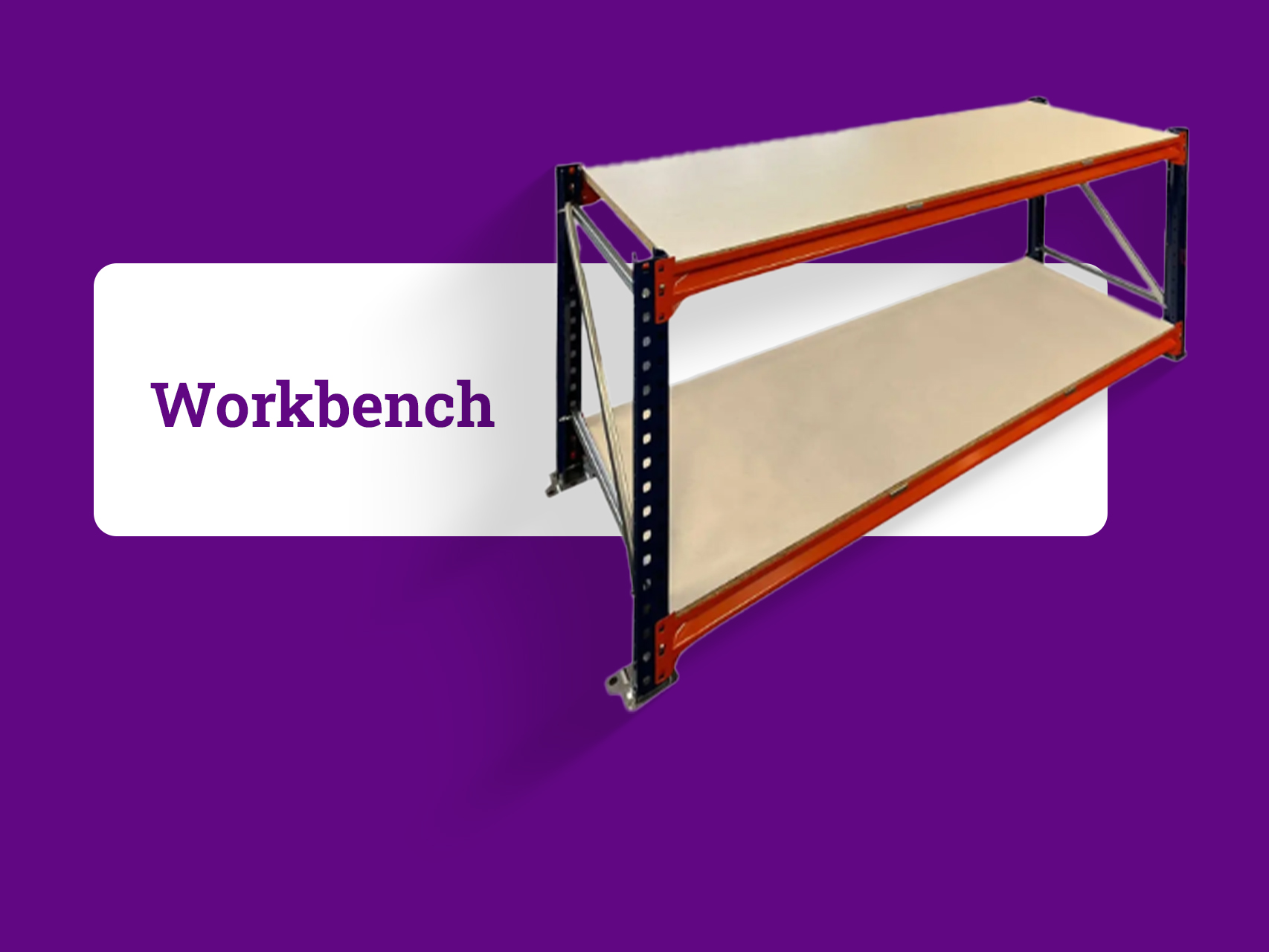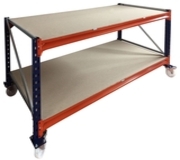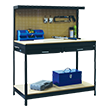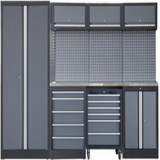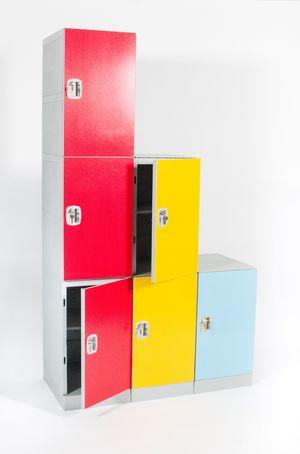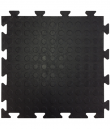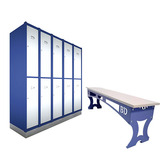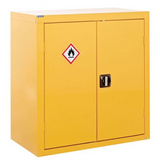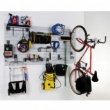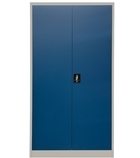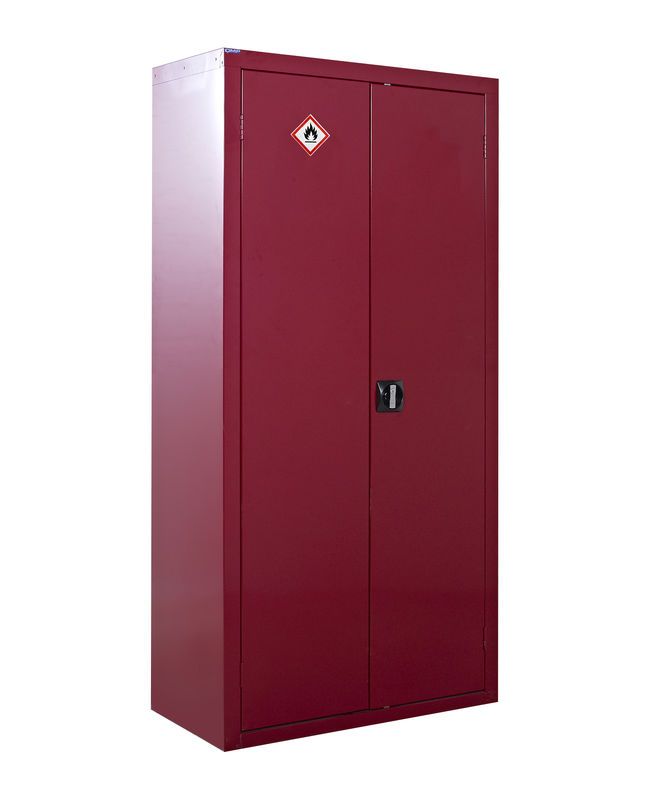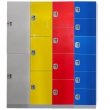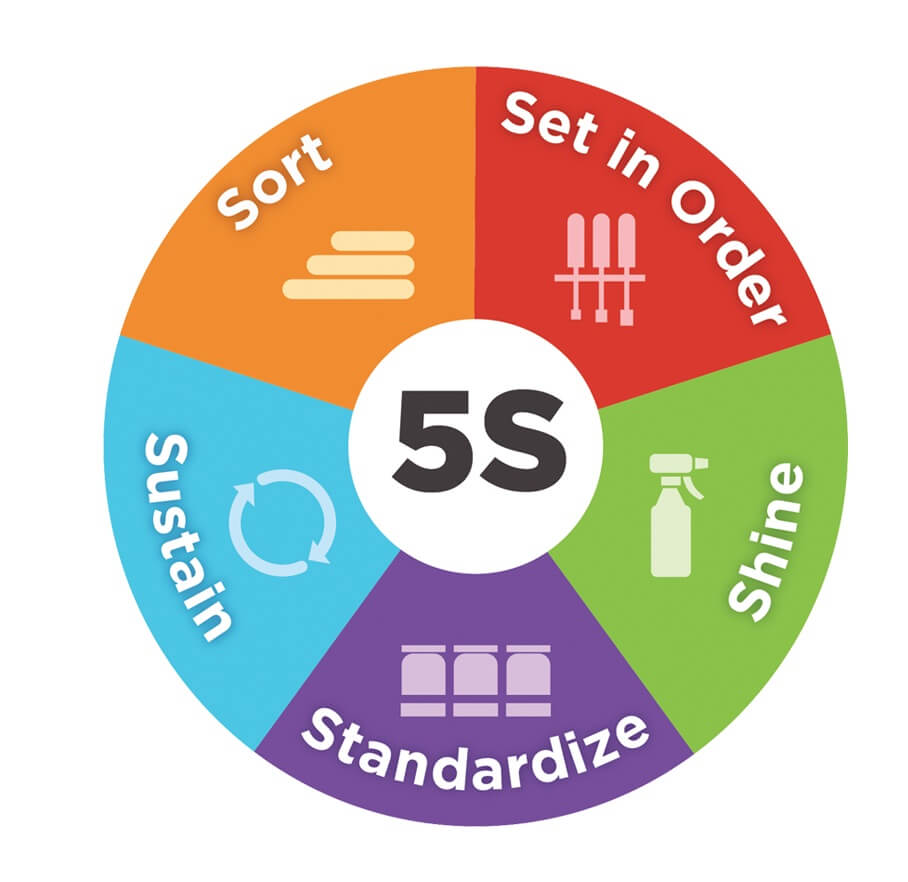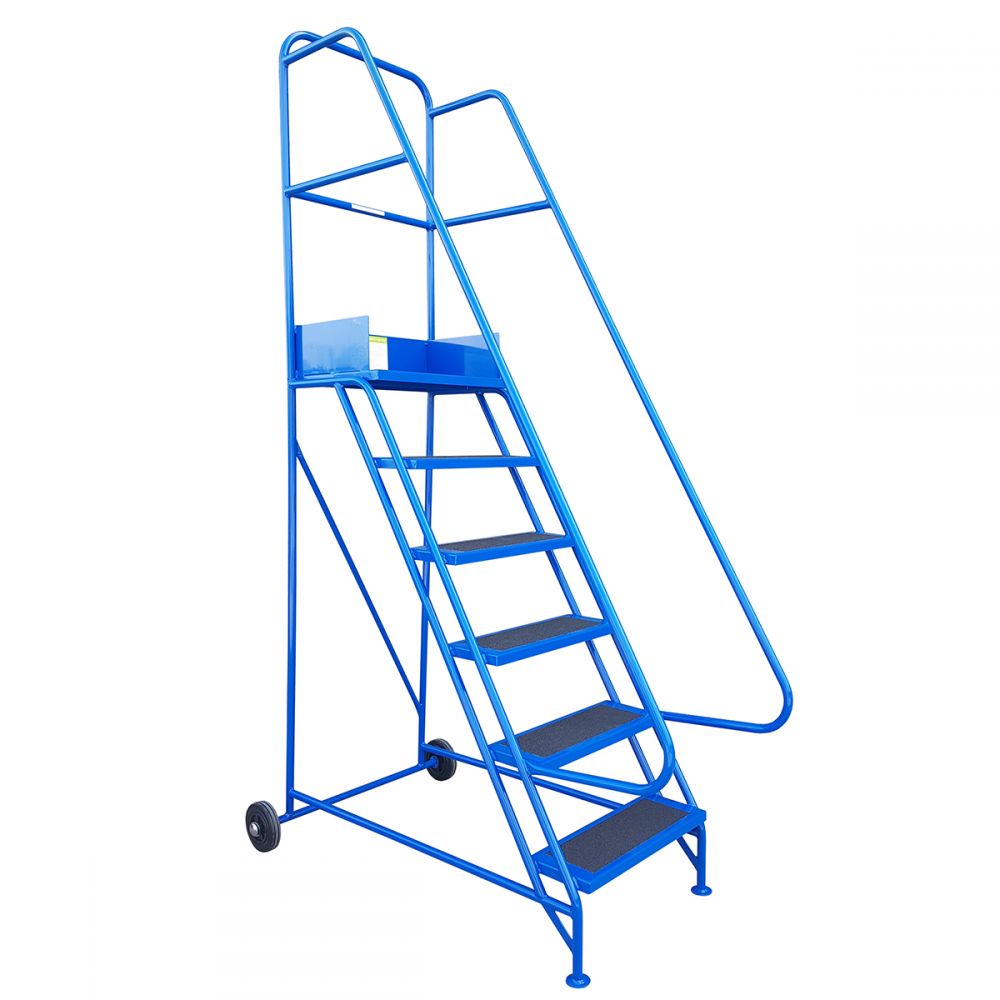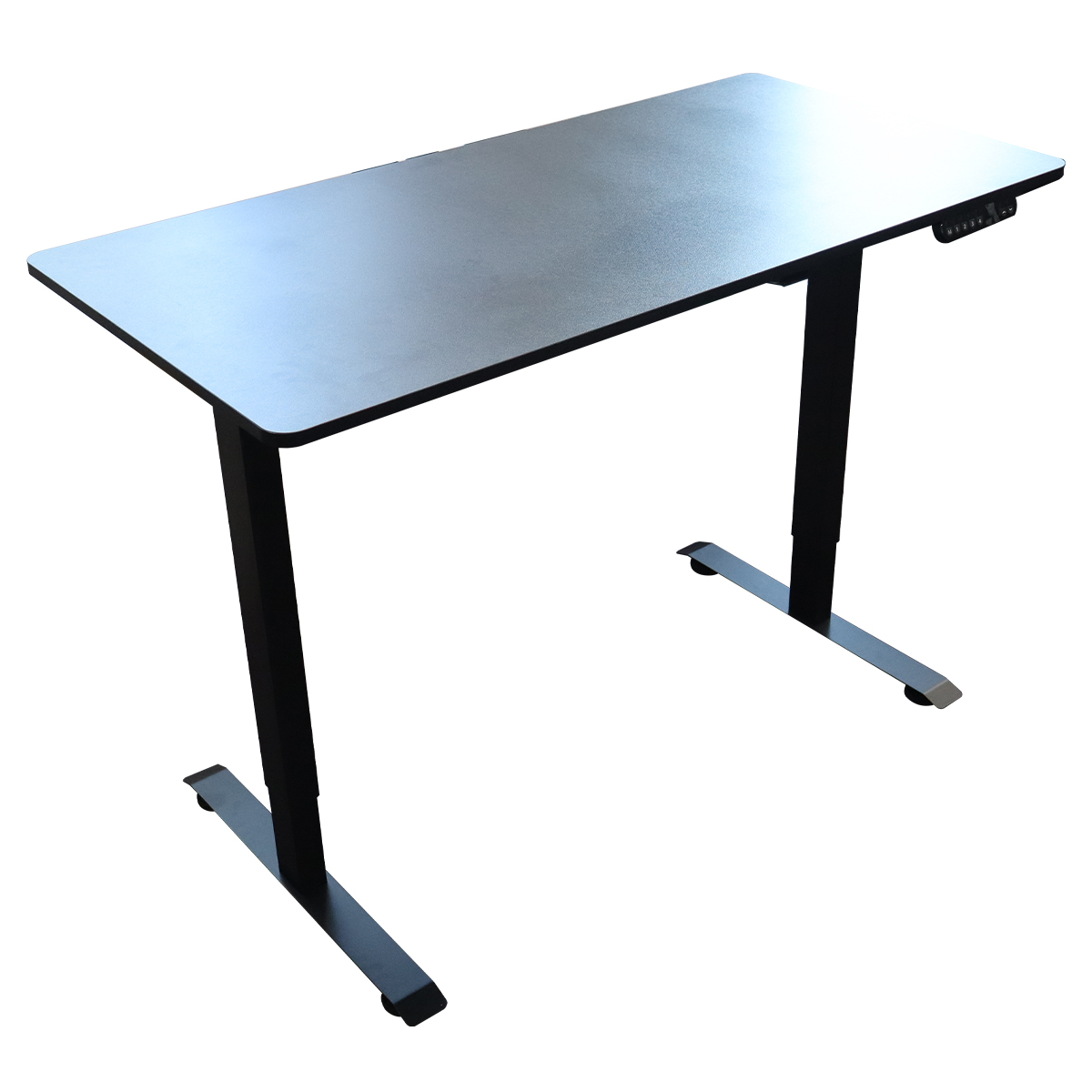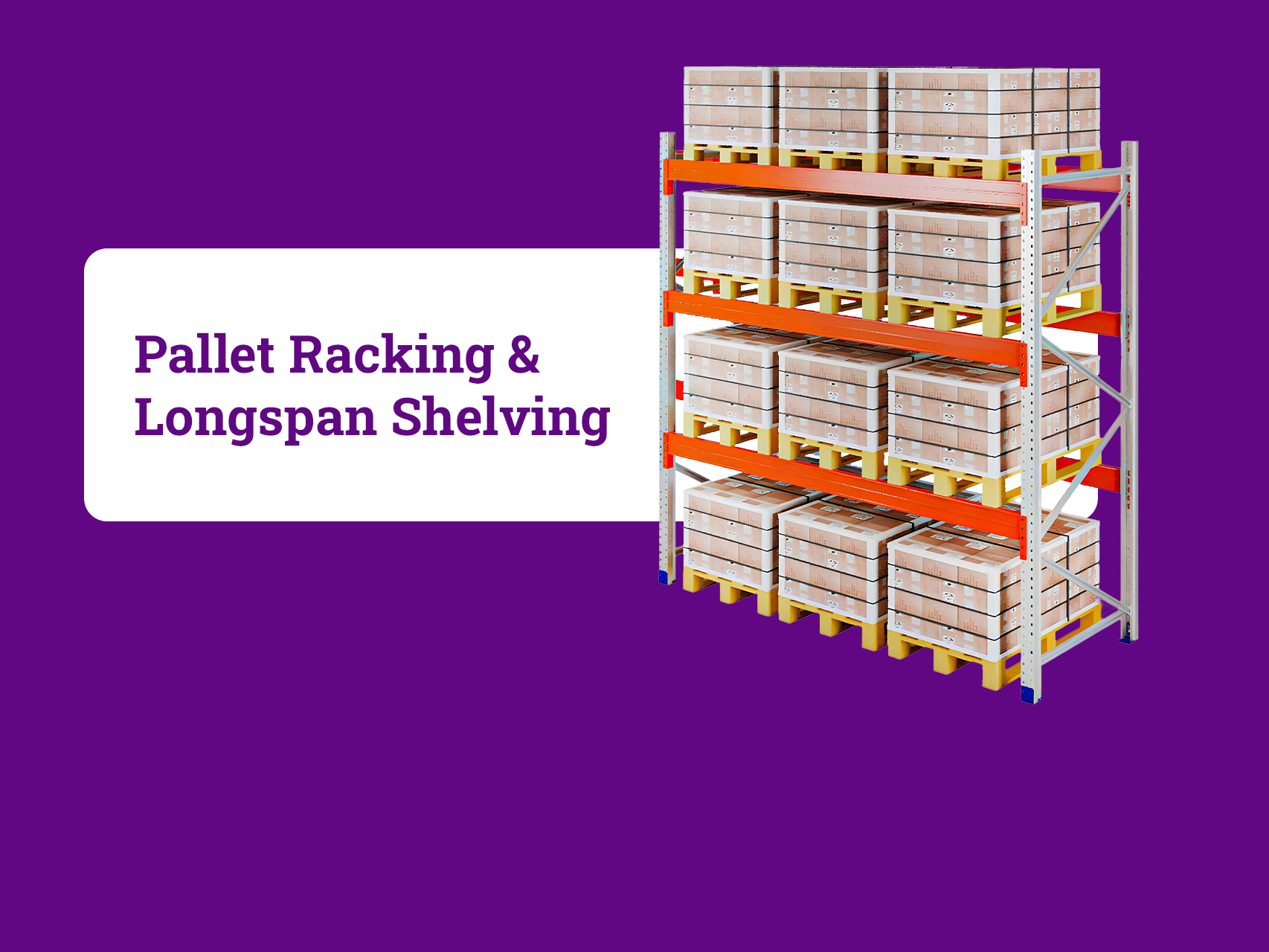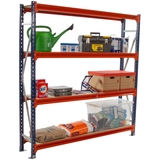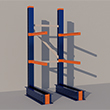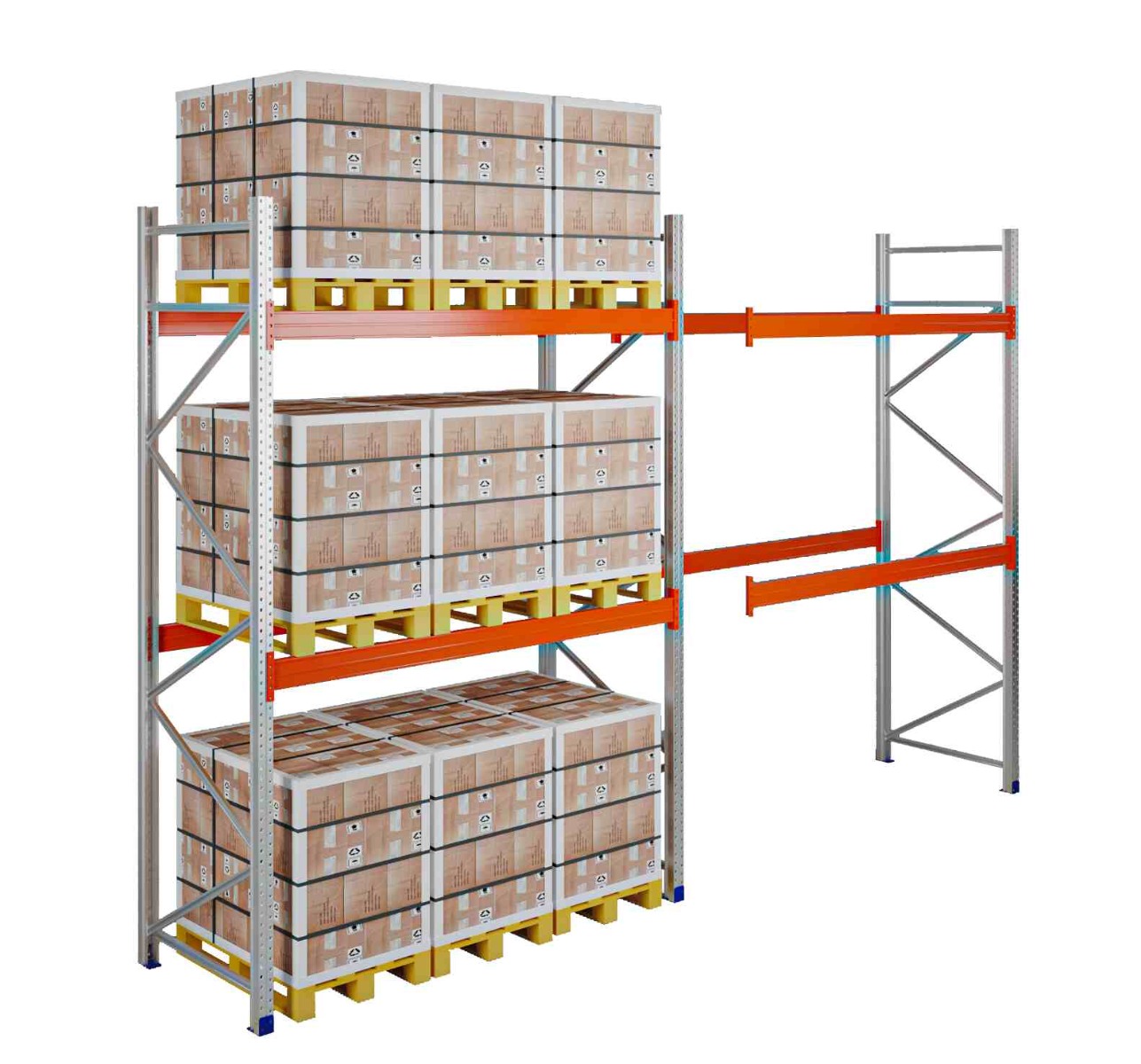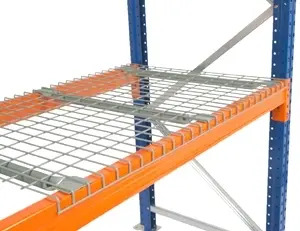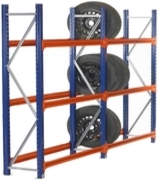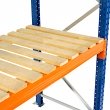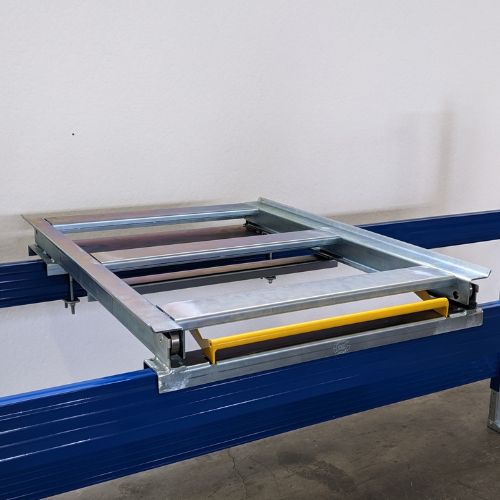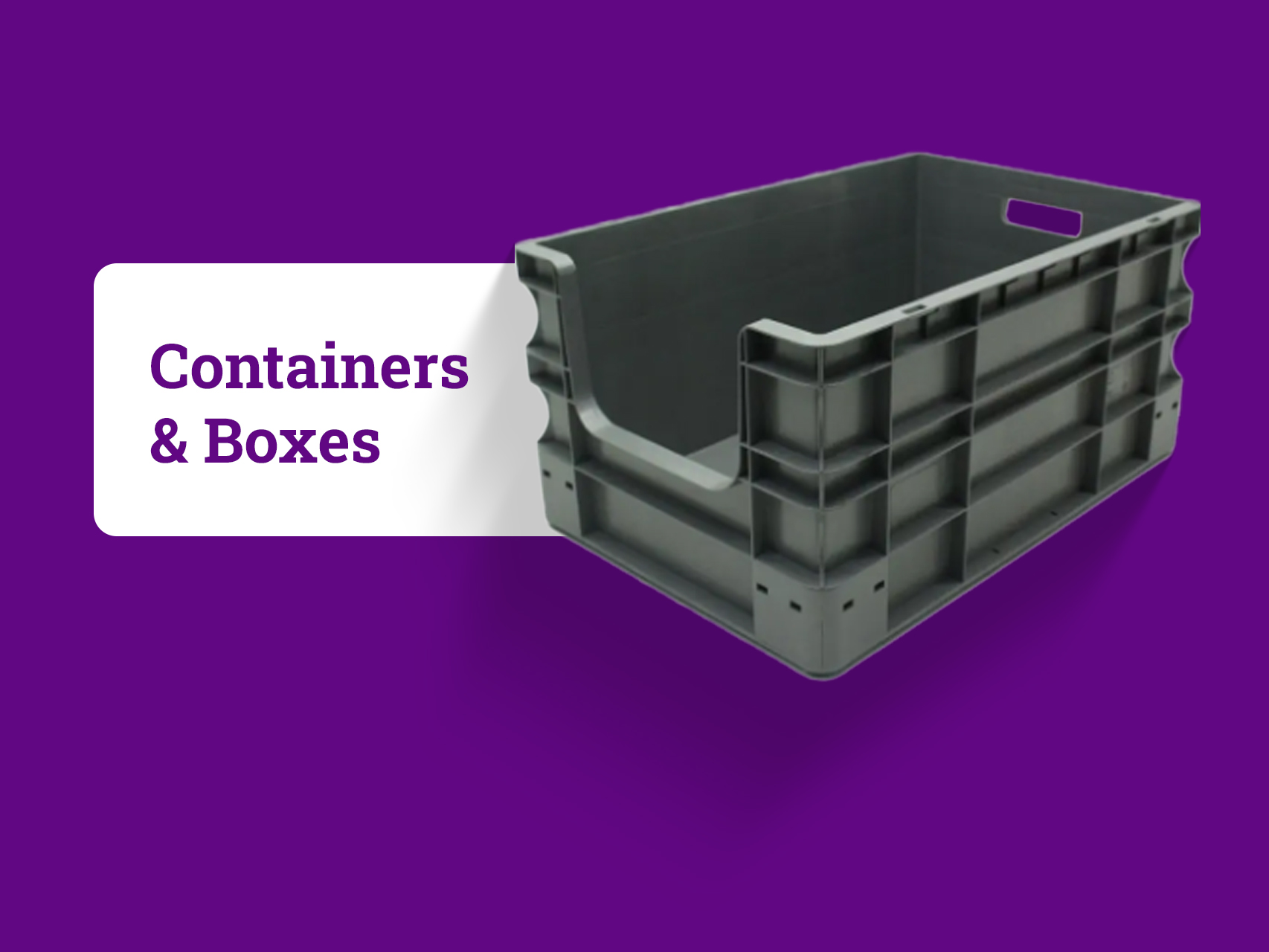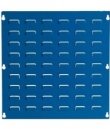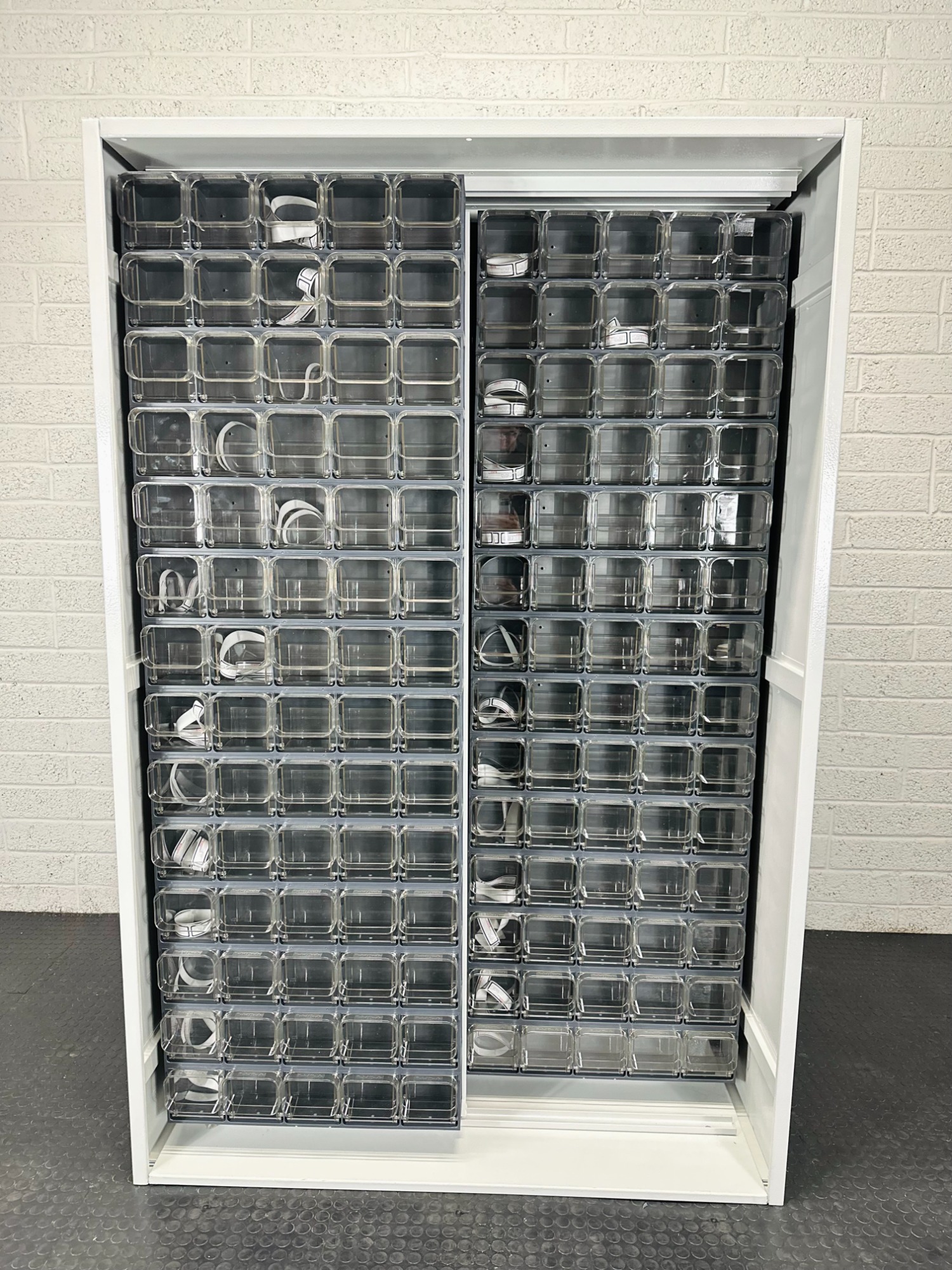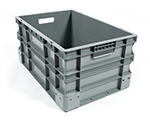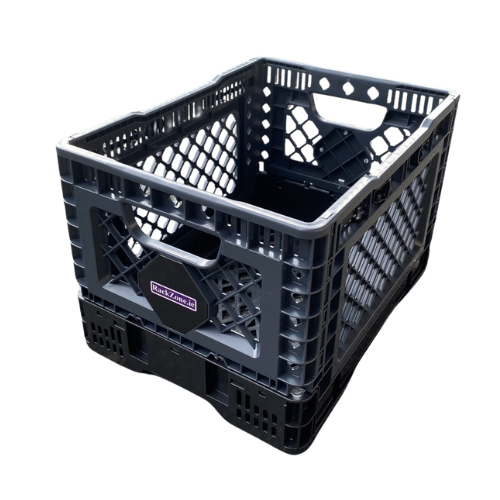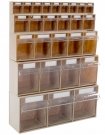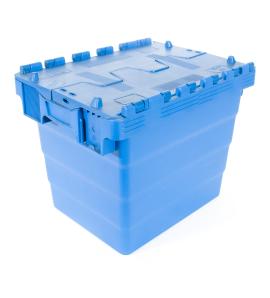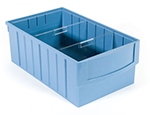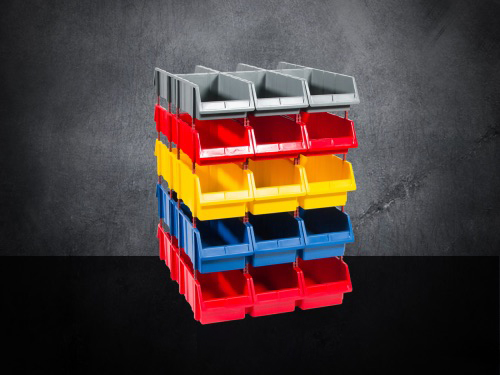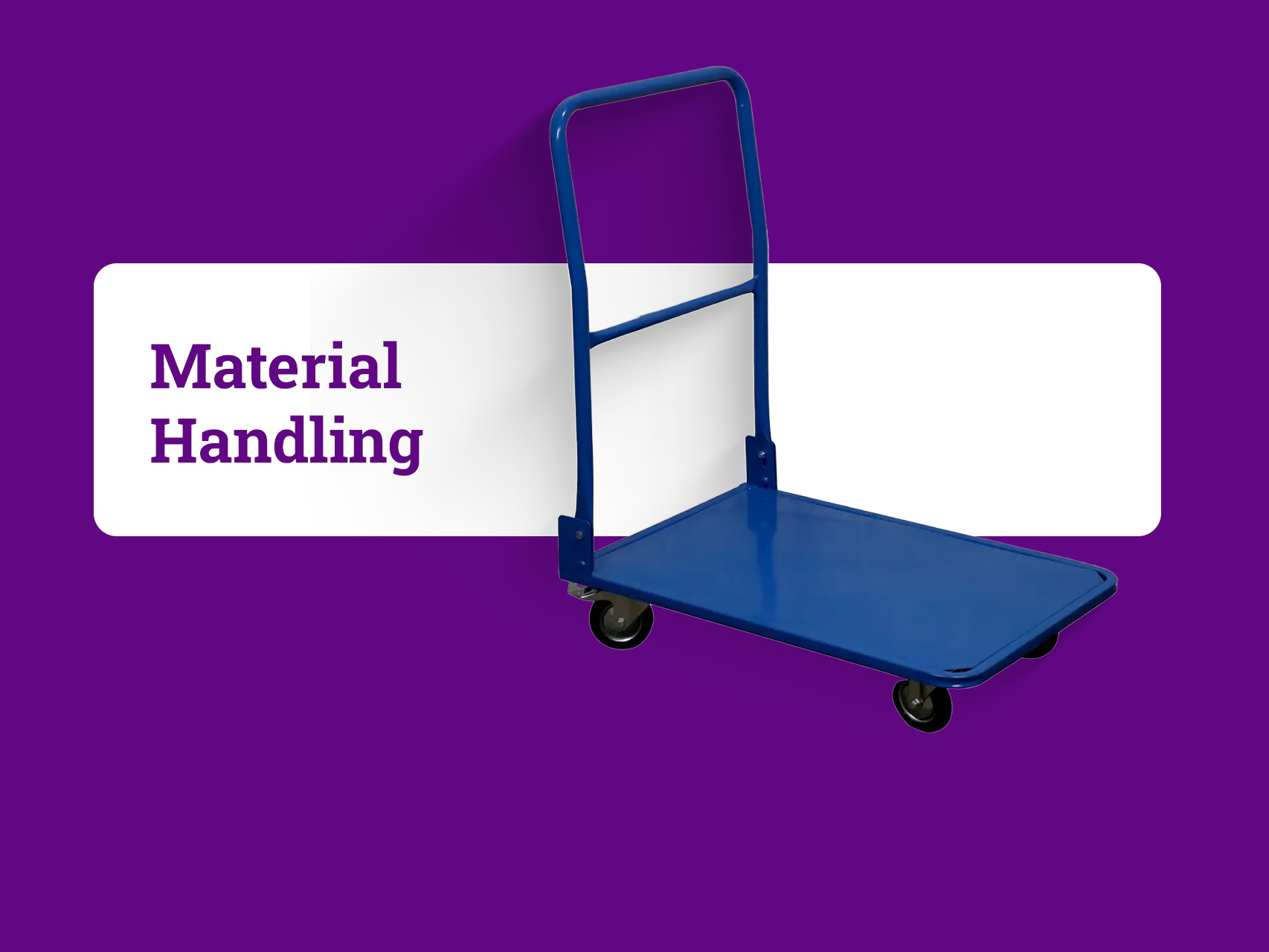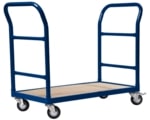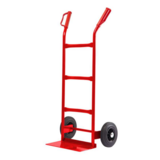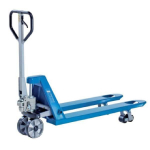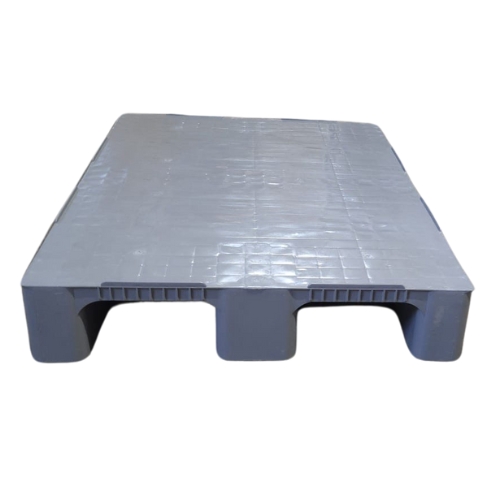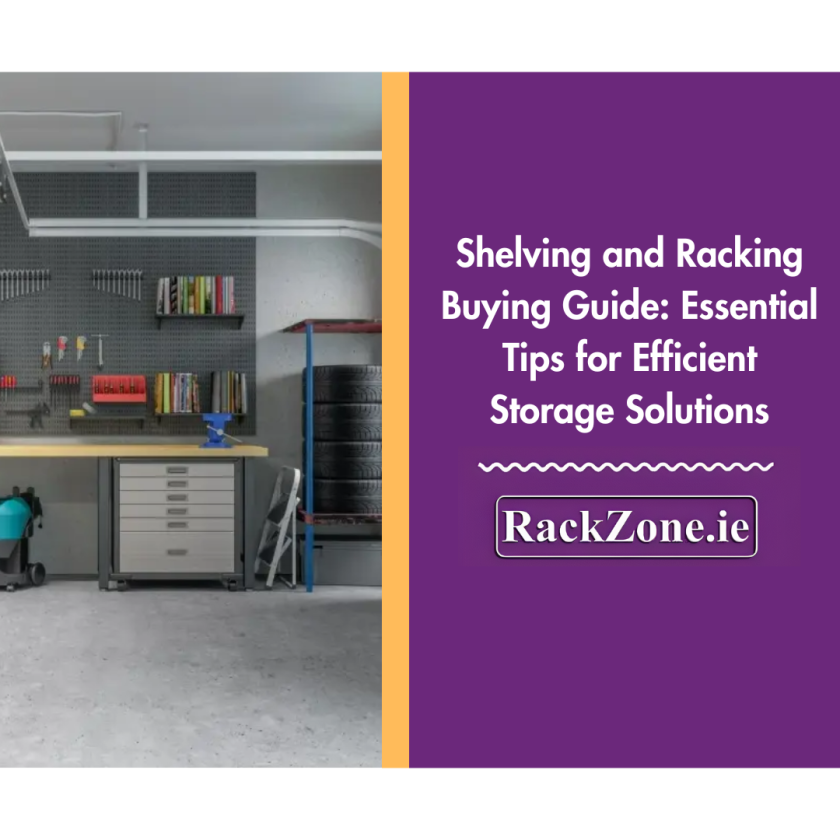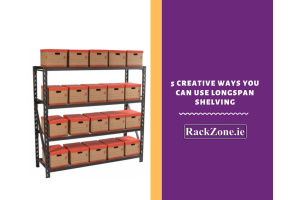Shelving and Racking Buying Guide: Essential Tips for Efficient Storage Solutions
Shelving and racking are crucial in organising storage spaces. These systems help keep items tidy and easily accessible from homes to warehouses.
Choosing the right shelving or racking can significantly affect how well a space works.
The best shelving and racking solutions depend on each space’s specific needs and what will be stored. Some factors to consider include the weight of items, how often they need to be accessed, and the size of the area.
Metal shelves are stronger, while wood can look nicer in living areas.
The right storage setup can boost productivity and safety for businesses. In homes, suitable shelving makes it simpler to find things and keeps rooms neat. This guide will cover the main types of shelving and racking to help readers pick the best option for their needs.
Understanding shelving and racking essentials
Shelving and racking are crucial for organising storage spaces efficiently. They maximise vertical space and help keep items easily accessible.
Types of shelving
Shelving units come in various styles to suit different needs. Metal shelving is sturdy and ideal for heavy items. Meanwhile, plastic shelving works well in damp areas. Lastly, wire shelving offers good airflow and visibility.
Adjustable shelving allows for flexibility as storage needs change. Boltless shelving, on the other hand, is quick to assemble without tools. Lastly, wall-mounted shelving saves floor space.
Display shelving provides both storage and style for offices and homes. Meanwhile, industrial shelving offers high load capacities for warehouses and workshops.
Types of racking
Pallet racking is essential for warehouses. It allows for efficient storage of large, heavy items on pallets, maximises vertical space, and provides easy forklift access.
Drive-in racking enables high-density storage by eliminating aisles between racks. Cantilever racking, on the other hand, is ideal for long items like pipes or timber.
Push-back racking uses a sliding mechanism to store pallets deeply. Meanwhile, carton flow racking uses inclined shelves with rollers for easy stock rotation.
Determining your storage needs
Consider the items you’ll store to choose the right shelving or racking. Think about their size, weight, and how often you’ll need to access them.
Next, measure your available space, including height. Remember to account for aisles and workspace around the shelving.
Consider future needs. Will your storage requirements grow? If so, opt for modular systems that can expand easily.
Also, think about safety. Ensure your pallet racking system can handle the load. Then, check the weight limits for shelving units.
Lastly, factor in your environment. Galvanised shelving resists rust in damp conditions. Meanwhile, fire-resistant options may be necessary for some settings.
Maximising space with an efficient layout
Proper layout and organisation are key to getting the most out of your storage area. Smart design choices can dramatically increase capacity and improve access.
Floor space and vertical stacking
Making full use of floor space is crucial for efficient storage. Start by mapping out your area and measuring available space. Then, larger shelving units should be placed along walls to maximise open floor area. Use corner spaces for L-shaped shelving configurations.
Remember vertical space. Tall shelving units can significantly expand storage capacity without taking up more floor area. Adjustable shelves allow flexibility as storage needs change. For very high ceilings, consider mezzanine floors with additional shelving above.
In warehouses, narrow aisle layouts with reach trucks are used to fit more racking. This setup can increase storage density by up to 50% compared to standard layouts.
Layout design for optimal access
A well-planned layout ensures quick and easy access to stored items - grouping similar products on shelves. Then, frequently used items should be placed at eye level and within easy reach.
Create clear pathways between shelving units. The main aisles should be wide enough for trolleys or forklifts if needed. Use space-saving mobile shelving in archives or stock rooms.
Consider traffic flow when designing your layout. Position popular items near entrances to reduce travel time. Use clear labelling on shelves and aisles to help locate items quickly.
A numbering system for shelves and bays should be implemented for industrial settings. This aids in inventory management and makes finding specific items in large storage areas easier.
Selecting systems for specific requirements
Different storage needs call for tailored shelving and racking solutions. The right system depends on stored items, available space and intended use.
Industrial and warehouse solutions
Industrial racking systems are built for heavy loads and large-scale storage. Pallet racking is common in warehouses, allowing forklifts to access goods easily. It comes in various types: selective, drive-in, and push-back racking.
Cantilever racking works well for long items like pipes or timber. Its arms extend from a central column, leaving the front open for easy loading.
For tyres, specialised tyre racking keeps them organised and prevents damage. These racks can be static or mobile to maximise space usage.
Lastly, heavy-duty shelving suits items that are too large for pallets but less heavy than those on industrial racks.
Office and personal storage systems
Office shelving needs differ from industrial settings. Open shelving units work well for frequently accessed items.
Meanwhile, filing cabinets remain popular for document storage. Modern versions often have locks for sensitive information.
Modular systems offer flexibility, allowing offices to reconfigure as needs change. These can include a mix of shelves, drawers and cabinets.
Garage shelving helps keep tools and household items tidy for personal use. Wall-mounted systems free up floor space, while freestanding units offer more storage capacity.
Specialised shelving and racking
Some industries need unique storage solutions. Libraries use mobile shelving to pack more books into limited space. The shelves move on tracks, creating aisles as needed.
Retail shops often use slatwall panels with adjustable brackets. This lets them change displays quickly and easily.
Cold storage facilities need corrosion-resistant racking. Stainless steel or plastic-coated options withstand damp, cold environments.
Art galleries and museums use picture racking systems, which allow paintings to be hung and moved without damaging the walls.
Compliance and safety standards
Proper safety measures and compliance are crucial when selecting shelving and racking systems. Following regulations helps prevent accidents and ensures efficient storage.
Understanding load capacities
Load capacity is a critical factor in shelving safety. Each shelf has a maximum weight limit that must not be exceeded. Heavy-duty shelving can support larger loads than standard units.
Industrial shelving often has higher weight limits for storing heavy items. Knowing the weight of stored goods and choosing shelves that can handle the load is vital. Overloading shelves can lead to collapse and injury.
Weight restrictions vary based on shelf material and design. Metal shelves typically hold more than wood. Meanwhile, adjustable shelves may have lower capacities than fixed ones.
Safety regulations and certifications
Storage standards help ensure shelving meets safety requirements. The HACCP (Hazard Analysis Critical Control Point) system is essential for food storage shelving. It helps prevent contamination. Food standard certifications apply to shelving used in kitchens and food storage areas. These standards cover safe materials for food contact and address cleaning and hygiene needs.
Enhancing productivity and efficiency
The proper shelving and racking systems can boost warehouse productivity and streamline stock management. These solutions help organise inventory and maximise space utilisation.
Incorporating Lean management
Lean management focuses on cutting waste and boosting efficiency. Well-designed racking layouts reduce unnecessary movement and handling, saving workers time and energy.
Mobile shelving units can increase storage capacity by up to 50%. They slide together when not in use, freeing up floor space and allowing for better use of available space.
Vertical storage solutions like mezzanines use overhead space. They create additional levels for storing goods or setting up workstations, which can double or triple usable floor area without expanding the building footprint.
Stock management and accessibility
Proper shelving arrangements improve stock visibility and access, and clear labelling and logical organisation speed up item location and retrieval.
Pallet racking systems allow for easy forklift access to stored goods. Meanwhile, drive-in racking maximises space utilisation for bulk storage of similar items. Push-back racking offers dense storage while maintaining good stock rotation.
Cantilever racking works well for long or oddly shaped items like pipes or timber. It provides unobstructed access from the front, making picking faster and safer.
Lastly, bin shelving helps organise small parts and components. It keeps items tidy and easy to find, reducing search time. Adding bin dividers further improves organisation and prevents mix-ups.
Frequently Asked Questions (FAQs)
What factors should be considered when purchasing shelving and racking systems?
When buying shelving and racking, consider the items you’ll store. Consider their weight, size, and how often you’ll need to access them. Look at the space where you’ll put the shelves. Check if you need adjustable shelves or fixed ones. Think about your budget, too. Cheaper options might not last as long or hold as much weight. More expensive systems often offer better quality and features.
How do material choices impact the durability of shelving and racking?
Steel shelving is strong and lasts a long time. It can hold heavy items without bending. Plastic shelves are light and easy to move. They work well for small, light items.
In what ways do shelf load capacity and spacing affect storage efficiency?
Load capacity tells you how much weight a shelf can safely hold. Higher capacity lets you store heavier items without worry. Proper spacing between shelves is crucial, too. Too much space wastes room, and too little space means items won’t fit. Adjustable shelves let you change the spacing as needed, helping you use all your space well.
What are the essential features to look for in high-quality racking solutions?
Suitable racking should be strong and stable. Look for reinforced corners and sturdy joints. Smooth edges prevent damage to items or injury to users. Easy assembly is essential, too. Some racks snap together without tools, while others need bolts and nuts. Check if the shelves are easy to adjust or if they’re fixed in place.




